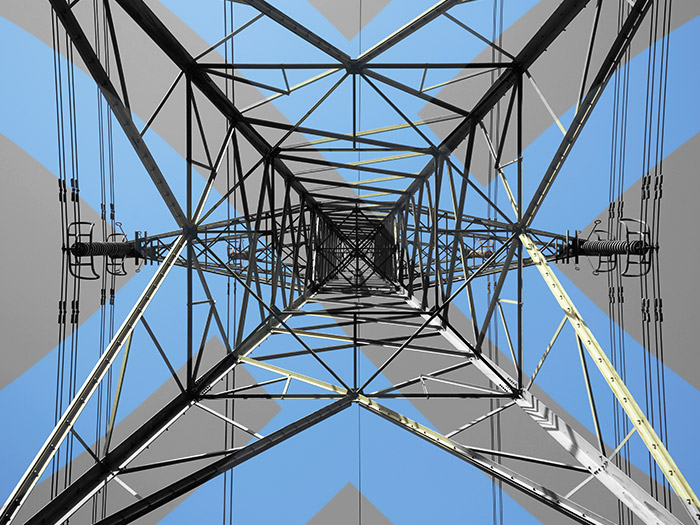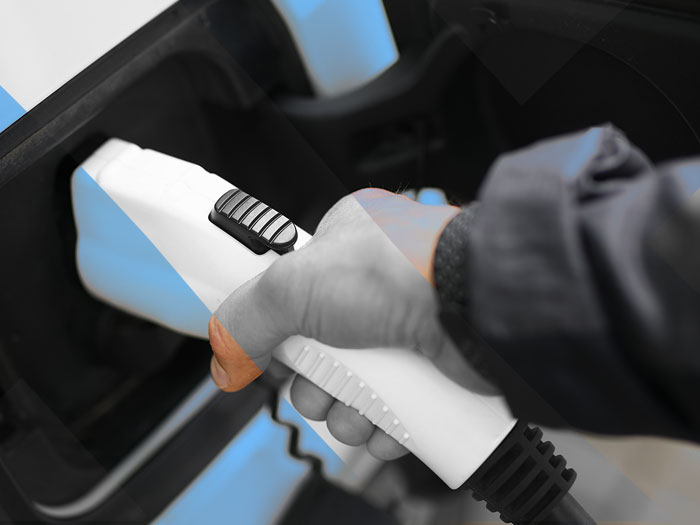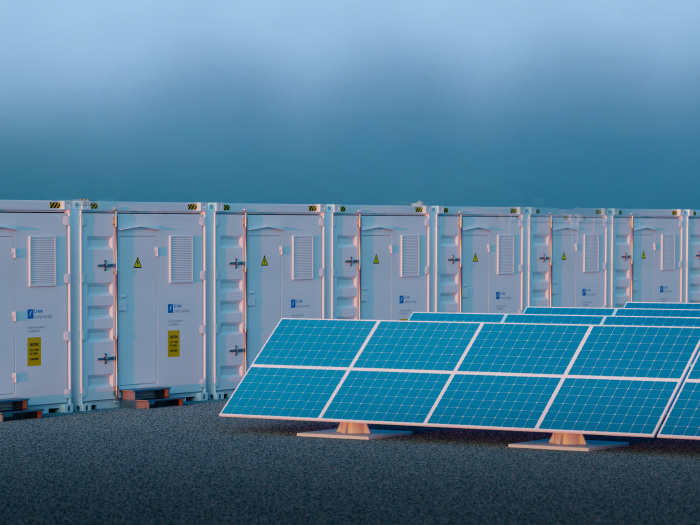News
better business decisions
Posted 6 years ago | 4 minute read

Dynamic Firm Frequency Response – Long term, high earn
The Dynamic Firm Frequency Response (DFFR) scheme is starting to roll out. The new scheme allows your company to earn around £100k* per megawatt – the highest earnings ever offered by the National Grid.
The reason for the increase? Faster responses are better for the grid, and DFFR is faster than anything that came before.
Taking full advantage of DFFR
Some competing companies are offering partial DFFR already, but unfortunately, it’s not “true” DFFR. Their systems respond to between three to five frequencies automatically; whereas Endeco responds to every frequency with the unique “EnergyConnect” platform.
This means that we are, at this moment, the only company that can offer you true DFFR, letting your company respond to every frequency and earn the most revenue possible because of it.
The added benefits of batteries and cheaper electricity with DFFR
The response from your assets needs to be instantaneous (in under a second), so your concern may be that your assets might not be flexible enough to be connected directly, or you’re worried about the impact on operations. The solution? Battery installation. The huge added bonus of installing a commercial battery is that not only will your business be less impacted by the scheme – but you will also get access to the wholesale electricity market.
Having access directly to wholesale suppliers means you’ll be able to tap into buying electricity from wholesalers at the cheapest times and save money on your current bills.
What’s more, if you choose to have a commercial battery installed AND join DFFR, you will be able to store extra electricity during cheaper times and earn money from the scheme while you do so. If you also then use that electricity during peak price hours, you’ll be able to take advantage of the scheme and save even more on your own electricity costs.
Triads and Duos
Triads is a different way of charging for electricity that is used by large electricity consumers – and if you connect to the National Grid to take advantage of DFFR, you can also choose to change to an often cheaper way of paying for your electricity called ‘Triads’.
It works simply by taking the amount of electricity you used during three 30 minute periods throughout the year where the grid had the biggest demand for electricity, and averaging out your usage to work out what the National Grid will charge you for your electricity. There’s no way of knowing when these peak times will be beforehand – but if you’re on the DFFR scheme, it’s more than likely that your electricity demand will be greatly reduced during peak times anyway; so you can stand to earn payouts from the grid while paying less for your electricity in the first place.
DUoS (Distribution Use of System) make up around 12% of most electricity bills and are essential as they pay your local Distributed Network Operator to get electricity to your company through infrastructures such as cabling, substations and generators. However, by joining DFFR, you will greatly reduce your electricity usage during peak times, which will decrease your DUoS bills significantly too.
Joining Dynamic Firm Frequency Response
Joining DFFR is made incredibly simple with Endeco – we take care of reviewing your eligible energy assets (e.g. lighting, heavy machinery, manufacturing equipment, heating/cooling systems), building and installing the equipment needed, and the bidding system with National Grid. We can even help you to obtain a commercial battery for your company.
There’s very little effort needed from you once you’re setup – just wait for the revenue to appear. If you are interested, you should get in touch as soon as possible as it can take a few months to get setup fully with the scheme. This is because after the equipment is installed at your premises, it needs to be tested for at least a month in order for the National Grid to review the results and give final approval for the bid.
*subject to National Grid changes at the time of bid acceptance







